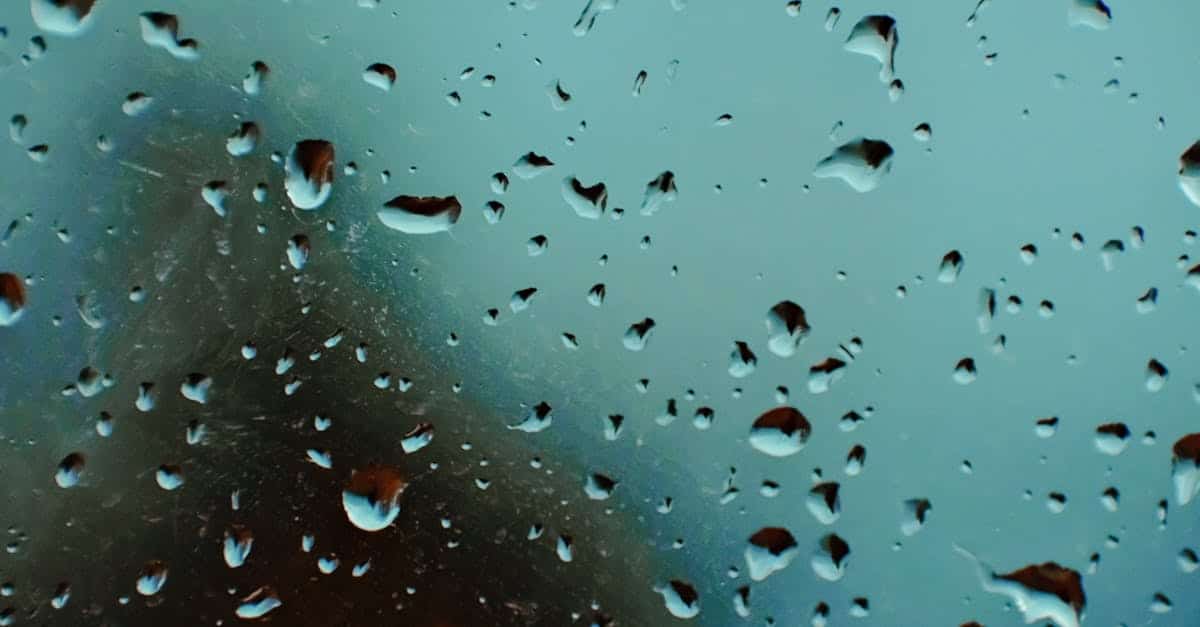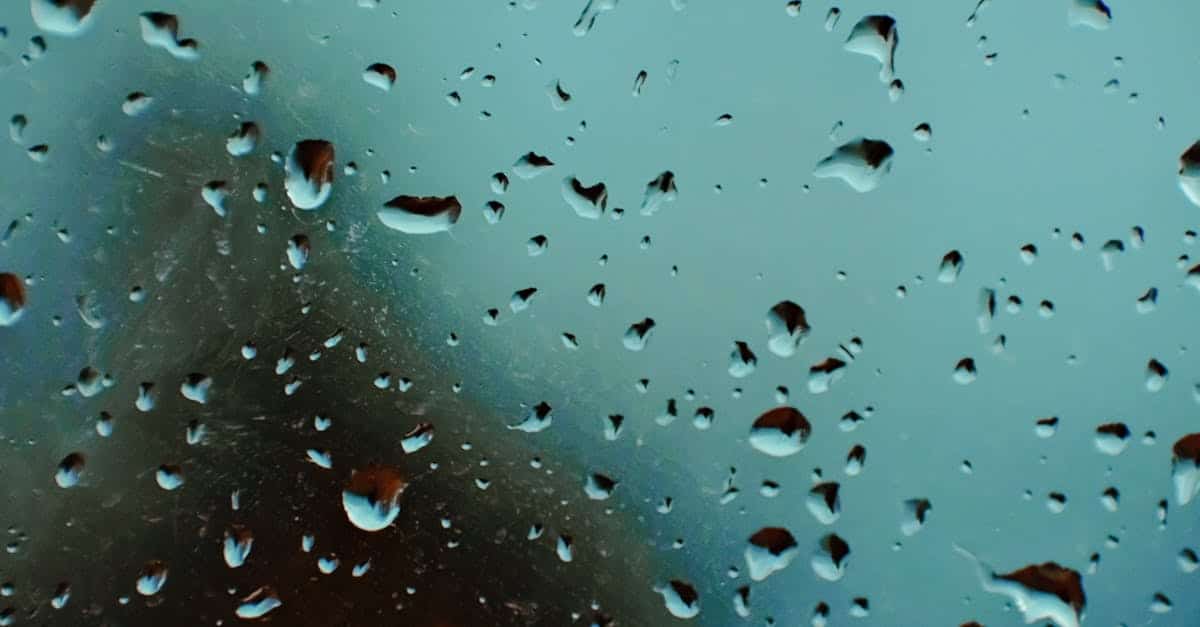|
IN SHORT
|
You won’t believe how easy it is to achieve an incredible cloud effect! Whether you’re a novice or a seasoned artist, creating dazzling clouds may seem inaccessible, but think again! With a few clever techniques and easy-to-use tools, you can transform your visual creations into stunningly realistic works of art. Prepare to be amazed at how easily you can bring enchanting skies and breathtaking skyscapes to life. Discover without further delay the secrets to mastering this captivating visual effect!
Have you always been fascinated by the visual effects that we see in films and that we want to reproduce in our own creations? Whether you’re a novice or an experienced visual artist, this article is for you. In just a few simple steps, you’ll discover how to create a spectacular cloud effect without the need for advanced graphic design skills. We’ll explore the tools needed, the different techniques available, and some tips for adding a unique touch to your projects. Get ready to amaze your friends and family with your cloud-making skills!
The essential tools for creating cloud effects
Achieving a cloud effect may seem complex, but with the right tools, everything becomes easier. here are some essential tools to begin :
Graphics software
Graphics software is your first ally in this creative adventure. The two most popular are Adobe Photoshop And GIMP. Photoshop is paid but extremely powerful software, while GIMP is a free alternative with many similar features. Either will allow you to manipulate images and create sophisticated effects with ease.
Additional brushes and resources
In addition to software, you will need specific brushes to create cloud effects. You can find many free brushes online, specially designed to reproduce the texture and shape of clouds. Additionally, additional resources such as cloud images and textures can be used to enrich your creation.
Steps for creating a cloud effect
Now that you have gathered your tools, let’s move on to the creation steps. These steps are simple and allow you to create cloud effects quickly and efficiently.
Step 1: Choose your background
The choice of background is crucial. It could be a blue sky, a sunset, or even a dark background for a more dramatic effect. Make sure the chosen background complements the cloud effect you want to create.
Step 2: Select the appropriate brush
Use a cloud brush to draw the outlines of your clouds. Specific brushes for cloud textures offer irregular shapes and fuzzy edges that look like real clouds. Adjust the brush size and opacity to achieve the desired effect.
Step 3: Add Shades and Details
Clouds are not uniform; they contain varied shades and textures. Use different shades of gray, white, and possibly other colors to add depth and realism to your clouds. The gradient and blur tools can also be used to soften transitions between different hues.
Advanced techniques for a stunning cloud effect
After you’ve mastered the basics, you can explore more advanced techniques to create even more impressive cloud effects.
Using blend modes
Blend modes offer a multitude of possibilities for blending layers and creating unique effects. For example, blend mode “Overlay” can be used to intensify colors and add light to your clouds. Experiment with different blend modes to see which produce the most satisfying results for your project.
Incorporation of real textures
Incorporating real cloud textures can add a stunning level of realism to your creation. You can take photos of clouds and integrate them into your project by superimposing them on your drawn clouds. Use layer masks to blend these textures subtly and seamlessly.
Cloud animation
For the more adventurous, why not try animating your clouds? Software like Adobe After Effects allow you to bring movement to your creations, making your clouds even more alive. You can add wind effects, light changes and even storm bursts for spectacular animations.
Tip: Play with light and shadows
To bring your clouds to life, light and shadows are your best assets. Since clouds do not all have the same density, they absorb and reflect light in varying ways. This variation must be captured to obtain a realistic rendering.
Add light highlights
Light reflections, especially during sunsets, add a magical touch to your clouds. Use soft brushes and warmer colors like yellows, oranges and pinks to simulate these highlights. The gradient tool can help integrate these colors smoothly.
Create shadows
Shadows are just as important as light. They add volume and dimension to your clouds. Use darker gray tones and the blur tool to create soft, realistic shadows in the less bright areas of your clouds.
| Method | Description |
| Using brushes | Apply cloud brushes to a gradient background. |
| Blur Filter | Apply a Gaussian blur to soften the edges. |
| Texture layers | Add several layers for a depth effect. |
| Pastel colors | Use soft tones for a realistic look. |
| Adjusting opacities | Vary the opacities for a dynamic effect. |
| Light Edition | Manipulate shadows and lights for increased realism. |
| Adding special effects | Integrate lighting effects to intensify the rendering. |
- Materials needed:
- Soft brushes
- White acrylic paint
- Blue or pastel paint
- Steps to follow :
- Prepare the canvas or surface
- Apply a coat of base color
- Use the brush to form clouds
- Add shades with other shades
- Practical tips:
- Work in layers for a light finish
- Use water to soften the edges
- Test colors on a draft
Common mistakes and how to avoid them
As with any artistic endeavor, some mistakes can ruin an otherwise impeccable effort. Here are some common mistakes and tips to avoid them:
Overuse of effects
It’s tempting to use all the features and effects available, but this can quickly become excessive. Too much blur, color or detail can make your clouds look artificial. The key is moderation. Add effects strategically to accentuate parts of your clouds while still looking natural.
Lack of consistency in textures
Inconsistent texture can make your clouds look messy. Make sure that the chosen textures integrate well with each other and remain homogeneous. Using tweezers in the same shade and style ranges will help maintain this consistency.
Ignoring the importance of perspective
Clouds, like any graphic element, must be consistent with the perspective of your scene. They must conform to relative size and distance so as not to break the illusion of depth. Use perspective techniques to position and size your clouds realistically.
Examples of creative applications of the cloud effect
Creating cloud effects is not limited to beautiful and serene landscapes. These techniques can be applied in a variety of creative projects.
Illustrations and concept art
Cloud effects can add depth and mood to illustrations and concept art, creating stunning fantasy worlds. Artists can use clouds to accentuate fantasy scenes, give a mysterious atmosphere to alien landscapes, or even illustrate dreams and visions.
Photomanipulation
Photomanipulation is another area where cloud effects are frequently used. Photographers can enhance their landscapes by adding clouds to increase the visual drama. Advanced techniques make it possible to transform even mundane photos into stunning works of art.
Animation and video
As mentioned earlier, animation and video provide unique opportunities for playing with cloud effects. Whether for films, music videos or 3D animations, clouds can provide a dynamic and immersive dimension. Animation software like Adobe After Effects or Blender allows you to create realistic and moving cloud scenes.
Using Libraries and Resource Packs
Finally, for those looking to save time or achieve even more professional results, libraries and resource packs can be extremely useful.
Brush Libraries
Many artists and designers provide libraries of specialized brushes for clouds. These brushes allow you to create cloud effects quickly and efficiently, without having to create each cloud from scratch. Look for brushes that offer a variety of shapes and textures for flexibility in your designs.
Texture packs
Texture packs are also a great resource. They often contain high-resolution photos of clouds that you can integrate directly into your projects. Use texture packs to add a layer of reality and complexity to your cloud effects.
Actions and presets
For Photoshop users, pre-made actions and presets can significantly speed up the creation process. These tools automate multiple steps in one, allowing you to create complex cloud effects in just a few clicks. Look for actions and presets that focus on atmospheric effects for optimal results.
Practice and experimentation
Ultimately, the key to mastering cloud effects is practice and experimentation. Don’t be discouraged if your first attempts aren’t perfect. Keep testing new techniques, playing with different tools, and exploring all the possibilities that graphics software offers.
Try different combinations
Don’t limit yourself to just one method. Combine different techniques, blending modes, brushes, and textures to discover what works best for you. Every project will be different, and what works for one may not work for another.
Participate in online communities
Online communities are great resources for learning and inspiration. Join forums, social media groups, and art sites to chat with other artists, share your progress, and get constructive feedback. These communities are often very welcoming and are a goldmine of information and inspiration.
Follow tutorials
There are plenty of tutorials online that can guide you through the process of creating cloud effects. Whether on YouTube, designer blogs or online training platforms, tutorials are a great way to improve and learn new techniques.
Visual impact of cloud effects in your projects
Cloud effects bring significant added value to your projects in terms of visual and emotion. A simple landscape can be transformed into a captivating and dramatic scene with the addition of a few well-placed clouds.
Evoke emotions
Clouds can evoke a range of emotions. Bright, sunny clouds can inspire joy and serenity, while dark, ominous clouds can induce a sense of drama or tension. Use clouds to influence the mood and atmosphere of your scene.
Add depth and dimension
Clouds, used well, can add depth and extra dimension to your compositions. They can help guide the viewer’s eye through the scene and add a sense of perspective and distance. Clouds located at different levels of the image, with varying sizes and details, create a feeling of spatial depth.
Feedback and continuous improvement
Don’t be afraid to ask for feedback on your creations. Whether from colleagues, mentors or members of online communities, constructive feedback will help you improve your skills and develop yourself.
Take criticism into account
Constructive criticism is an essential part of the learning process. Take the time to understand the suggestions and feedback received and look for ways to apply them to your future projects. Remember that every mistake is an opportunity to learn and improve.
Review your old projects
Regularly reviewing your old projects with a critical eye can be very beneficial. You will then be able to see the progress made and identify specific areas for work. Maybe you’ll even discover new techniques or approaches by revisiting your old creations.
Participate in creative challenges
Creative challenges are a great way to push your limits and experiment with new techniques. Many forums and art platforms organize thematic or technical challenges in which you can participate. These challenges will inspire you and provide opportunities to receive feedback from the community.
Final elements to perfect your cloud effects
In short, creating cloud effects involves a combination of the right tools, basic and advanced techniques, and a mindset open to experimentation and continuous learning. With practice, you’ll be able to create clouds that not only enhance your visual projects, but also leave a lasting impression on those who view them.
FAQ – Amazing Cloud Effect
A: You will need some simple materials like paint, a brush, and possibly a piece of foam to create textures.
A: No, this effect is accessible to everyone, even beginners. Step-by-step instructions will guide you through the process.
A: Typically this can take around one to two hours, depending on the level of detail you want to add.
A: Yes, this effect can be used on various media such as canvas, paper or even on walls for interior decorations.
A: Yes, it is important not to overload the paint as this can make the effect too heavy. Start with small amounts and add as needed.





